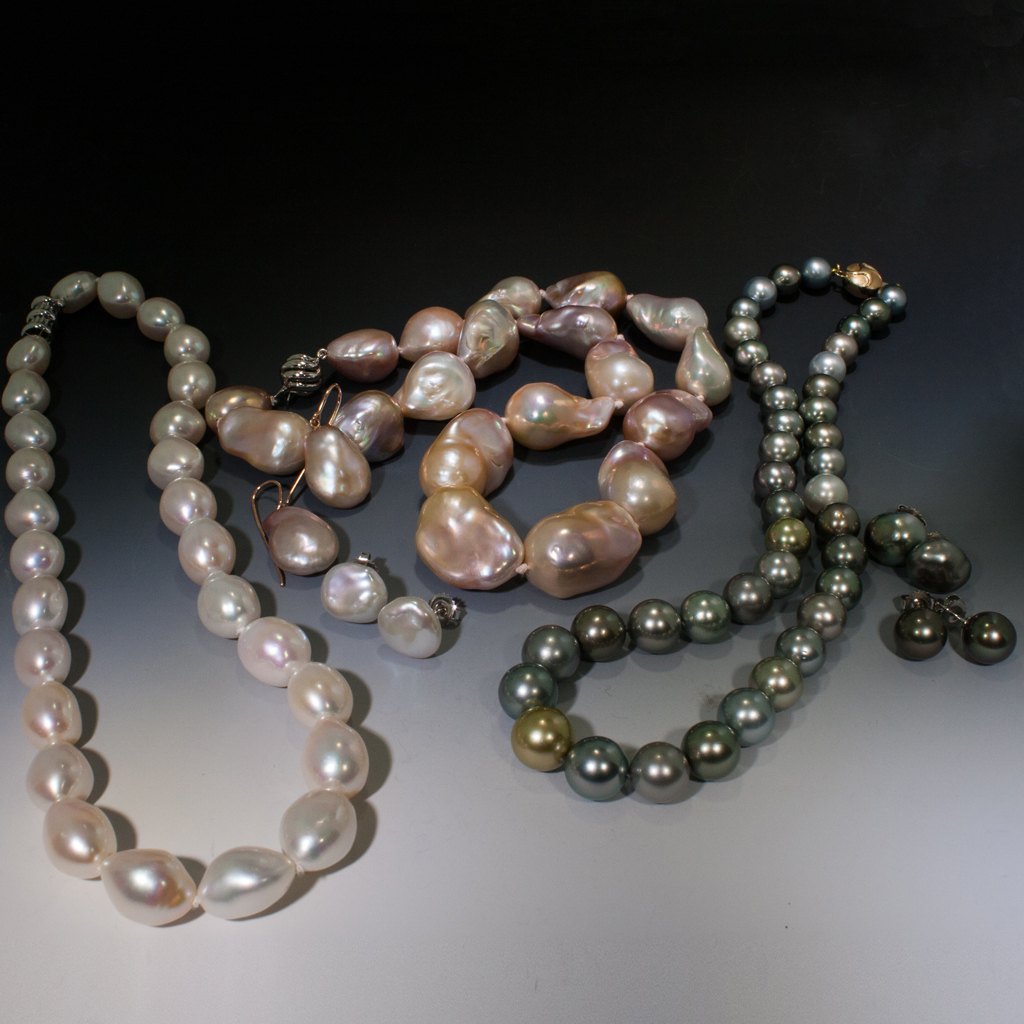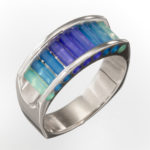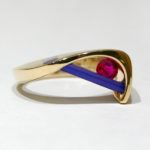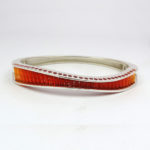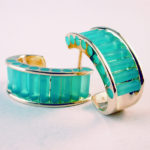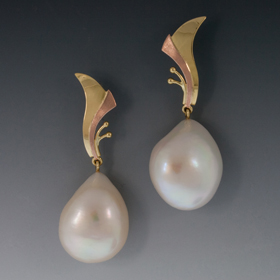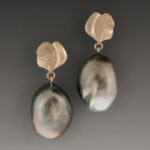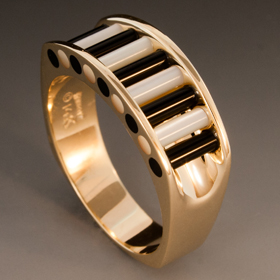
A simple cylinder of color, not traditionally set but constructed like a master craftsman’s dowel joint, inside the design of one of John Kennedy’s Aperture settings is mesmerizing. Light plays within his Cylettes cut gemstones in a non traditional way. The gems have no facets and they are not cabochons or crystals; they are different. The design is clean, classic, sophisticated and yet simple. It is remarkable innovative, so instinctive that it looks like it should have always been this way.
Growing up in Massachusetts, Kennedy had no formal training as a jewelry designer. Self-taught as a bench jeweler as well as designer, his creativity was not stifled by rules of what one can and cannot do in the traditional sense of design. Lack of formal training, combined with his endless imagination, presented a myriad of challenges.
Kennedy began his first collection with cylindrical shapes indifferent metals creating uniquely linear designs. To add color, John began brushing platinum bars and using colored gold to contrast the white and yellow gold he used in his settings. After painstakingly producing a few sample pieces he was awarded a place in the Intergold Design Competition. It was not long after that he began to see his linear designs showing up in other manufacturers’ catalogs.
Undeterred, he continued to push his imagination to higher levels; now on a quest to add more color and light to his collection. He felt limited by his materials and began to design pieces incorporating colored gemstones. His idea seemed simple, however issues soon arose. How do you cut a gemstone into a cylinder, not just a tube, but a perfectly calibrated cylinder? And once you have those cylinders, how do you set them?
Once the design goal was clear, the next challenge was to find a gem cutter who could supply him with the materials. He had found a gem cutter in Idar-Oberstein, Germany, but the quality, uniformity and calibration was not consistent enough for Kennedy’s designs. He scraped together enough material to create his collection in time for the 1992 New York Jewelers of America show, where his creations were enthusiastically embraced.
Kennedy continued his quest for a gem cutter. Finally, nearly 5 years after his quest began, while exhibiting his work at the Tucson Gem Show, he met Wolfgang Heringer, a 15th generation gem cutter also from Idar-Oberstein, Germany, who uttered the words Kennedy longed to hear, “I can do this.
For the first time since he started hic concept of Cylettes, Kennedy now had a reliable source for perfectly cut and calibrated gemstones.
Today, Kennedy’s Cylettes are praised amongst both his peers as well as his clients. Preferring to remain hands on in his operations, insisting on quality over quantity, his biggest problem these days is keeping up with the growing demand. Considering the road he has traveled, this is a problem he should wear as a badge of accomplishment.
When you’re at Tanglewood, Lenox, Massachusetts, in the heart of the Berkshires, be sure to visit our gallery of hand made fine jewelry, antique and estate jewelry, and fine gemstones.
